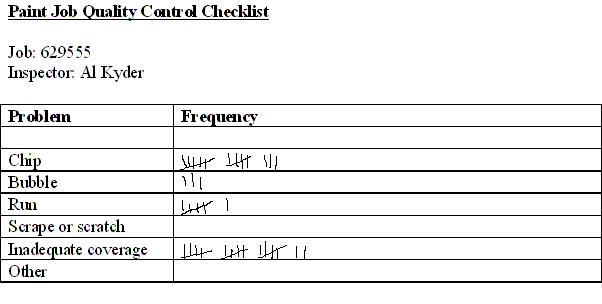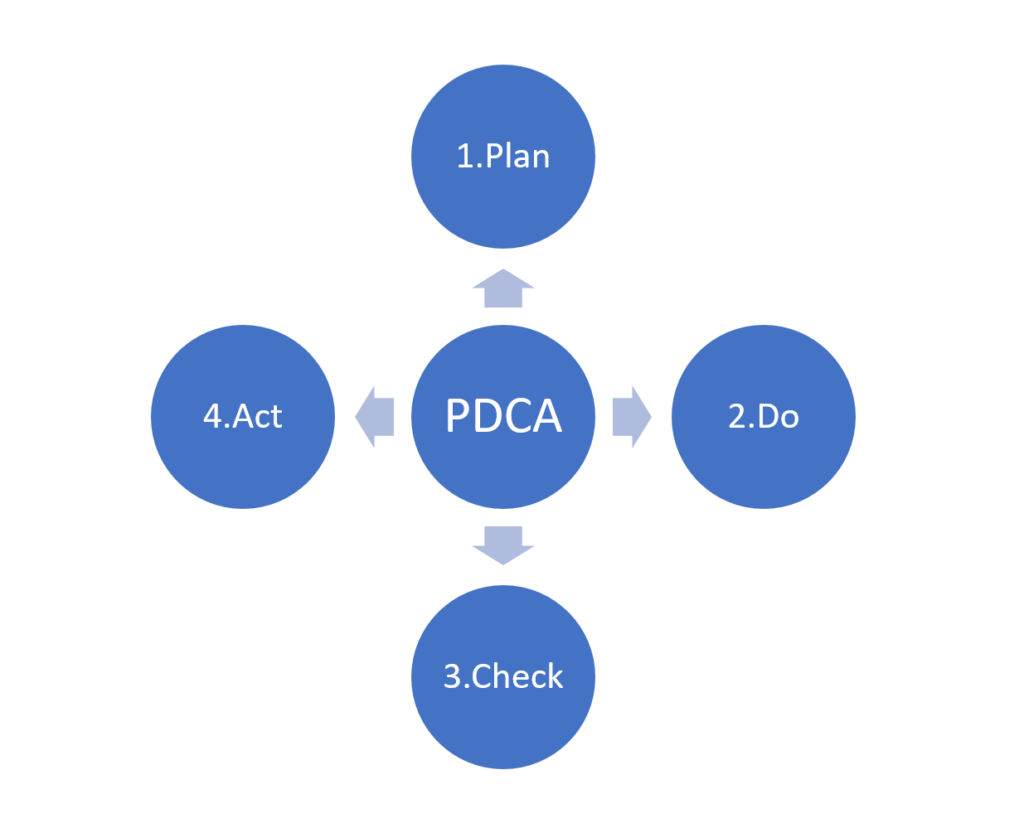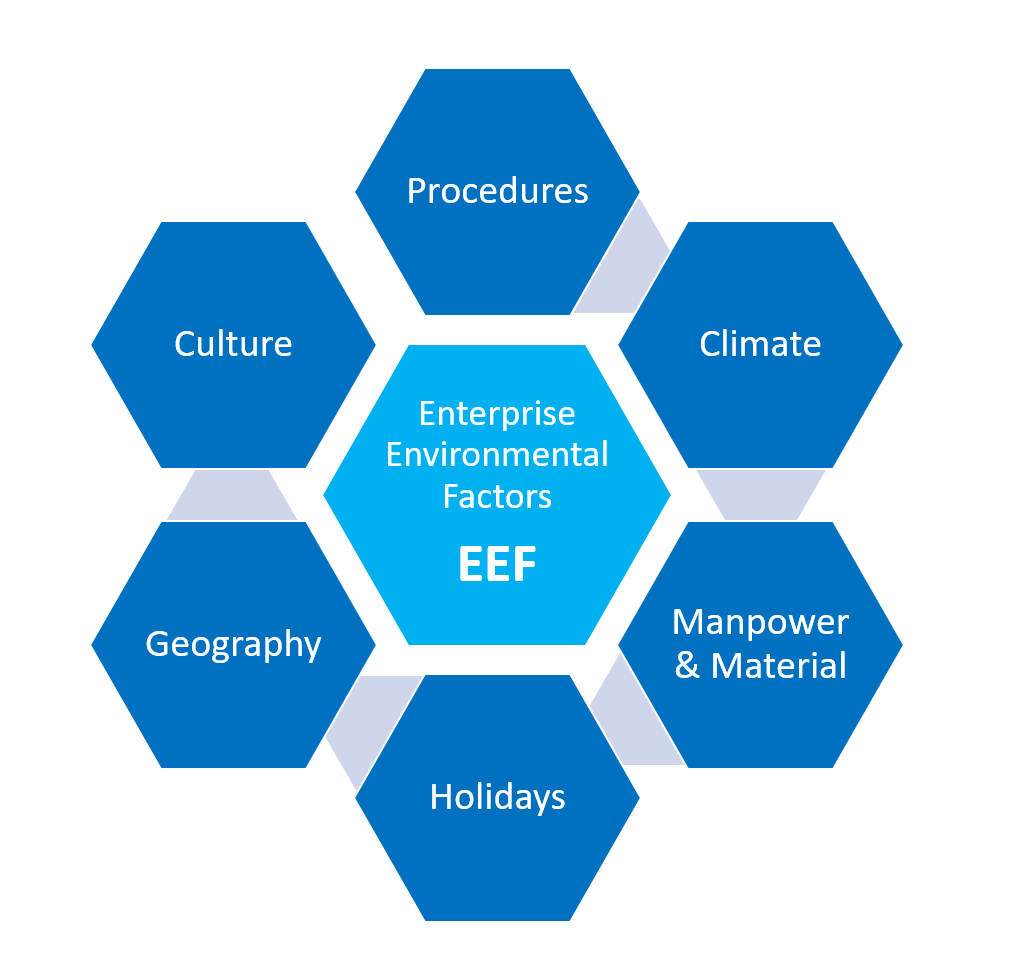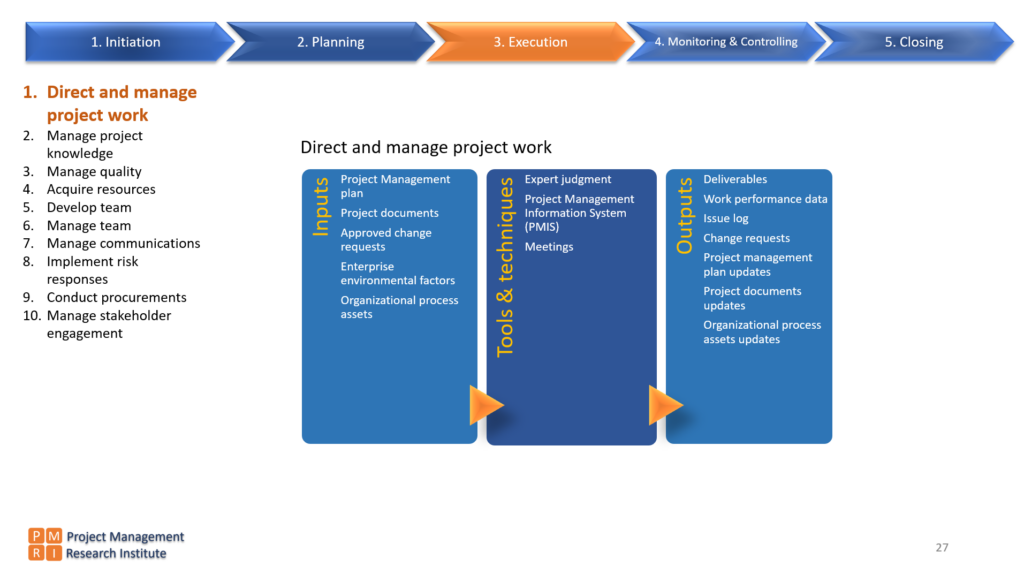From project manager to project leader, may sound crazy for at least some of my fellow professionals from the I.T industry where a Project manager role is considered as hierarchically above the project leader role. One first become a project leader, before becoming a project manager. The paradox is that Leaders are always considered at a higher level than managers in management literature and till now there is no project leader role in any other domain except I.T. Even though I got confused about this conflict between I.T management and the mainstream management, I kept quiet because I thought the Industry must be right over an individual.
Fortunately, while performing research to understand the global trends in EPC project management to design a course for Wrench Academy, it became clearer of the emergence of the role ‘Project Leader’.
Top 7 emerging global project management trends
- The project’s success criteria will be determined by ROI, ROCE than the traditional triple constraints of Time, Cost and scope.
- Projects will be executed through distributed teams, collaborating with each other over cloud based platforms performing concurrent development.
- Project planning will be decentralized and will rely on tailoring best practices from all streams of project management (traditional, agile) for the benefit of the project, than relying on any one method.
- Project requirements will be evolving and flexible
- Work breakdown structures will evolve bottom up
- Assumptions and constraints will be re-validated and revised throughout the project
- Activity workflows will become parallel
Out of these, the biggest paradigm shift is the shift in project’s success criteria from delivering on time to the return on investment (ROI) or the return on capital deployed (ROCE).
This change in project management canvas, called as Project Management 2.0 , and now followed by renowned industry bodies like Construction Industry Institute (CII) and Project Management Institute calls for enhancement of project manager’s skill set from tactical to strategic or it justifies the emergence of the ‘Project Leader’ role across all significant projects, whose primary role will be enhancing value to the owner by focusing on benefits management.
When the teams are no more collocated, motivational aspects of the team which drives them to accomplish the project goals are very important. While managing ROI, principle centered decision making is important to create an open and trustworthy environment to facilitate open communication and collaboration across all stakeholders. That is the reason why so much emphasis is given to principle driven project management over process driven project management. Without trust, there is no collaboration across distributed teams.
Carrying stones Vs Building the Cathedral
One day in 1671, Christopher Wren observed three bricklayers on a scaffold, one crouched, one half-standing and one standing tall, working very hard and fast. To the first bricklayer, Christopher Wren asked the question, “What are you doing?” to which the bricklayer replied, “I’m a bricklayer. I’m working hard laying bricks to feed my family.” The second bricklayer, responded, “I’m a builder. I’m building a wall.” But the third brick layer, the most productive of the three and the future leader of the group, when asked the question, “What are you doing?” replied with a gleam in his eye, “I’m a cathedral builder. I’m building a great cathedral to The Almighty.”
Delivering value by continuously portraying the larger picture of the project and it’s benefits to every stakeholder in a trustworthy manner consistently is the new emerging role of true Project Leaders. In other words, project Leaders are the new CEO of the projects.




